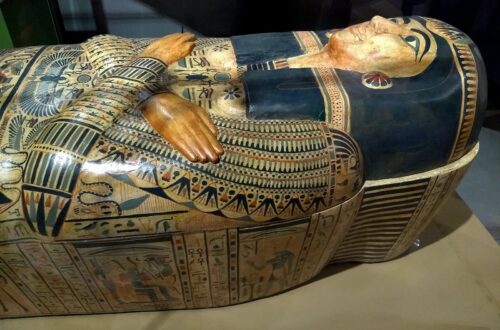
What is an obsession spell?
An obsession spell is a type of love spell that is intended to make someone obsessed with you or fixated on a particular desire or goal. These spells are often used in romantic relationships to make someone love you more or to make them stay with you. However, obsession spells can also be used for other purposes such as success, power, or money. It’s important to note that obsession spells can be dangerous and should be used with caution. They can cause a person to become emotionally unstable and can even lead to stalking or other dangerous behaviors. Therefore, it’s crucial to have a clear understanding of what you’re getting into before attempting any kind of obsession spell. There are various ways to cast an obsession spell, and different practitioners may have their own unique methods. Some common components of an obsession spell may include:
Personal items
The use of personal items such as hair, nail clippings, or clothing can help to create a strong connection between the spell caster and the target. These items can be used to create a poppet, which is a doll or figurine that represents the target.
Candle magic
Candles are often used in spells to help focus energy and intention. For an obsession spell, a red or pink candle may be used to represent love, while a black candle may be used to represent control or domination.
Incantations
Chanting specific words or phrases can help to strengthen the intention of the spell. These incantations may be spoken aloud or written down and repeated multiple times.
Sigils
A sigil is a symbol or design that represents a specific intention. These symbols can be created by the spell caster and charged with intention to help manifest the desired outcome.
It’s important to remember that obsession spells are not a guaranteed way to get what you want. The target may not always respond as expected, and the consequences of the spell may be unpredictable. It’s also important to consider the ethical implications of casting an obsession spell, as it may be considered a violation of someone’s free will. If you do choose to cast an obsession spell, it’s important to approach it with a clear intention and a willingness to accept the consequences of your actions. It’s also a good idea to seek guidance from a professional practitioner or spiritual advisor who can offer insight and support throughout the process.
Colors of candles used in obsession spell
An obsession spell is a type of spell that is intended to make someone deeply infatuated with you or become fixated on a particular idea, object, or desire. It can be used to influence someone’s thoughts, emotions, or actions, and is often considered a form of love spell. One of the key components of an obsession spell is the use of candles, which are believed to help amplify the energy and intention behind the spell. The colors of candles used in an obsession spell can vary depending on the intent of the spell and the traditions or beliefs of the practitioner. However, there are some common colors that are associated with obsession spells, each with their own symbolic meanings and properties.
Red Candles
Red candles are often used in obsession spells, particularly those focused on love or sexuality. This is because red is associated with passion, desire, and attraction. Red candles are thought to help draw someone’s attention and stimulate their feelings of passion and desire.
Pink Candles
Pink candles are another common choice for obsession spells, particularly those intended to create a romantic or loving connection. Pink is associated with emotions such as love, compassion, and nurturing, and is believed to help encourage these feelings in the target of the spell.
Purple Candles
Purple candles are often used in spells related to spiritual or psychic matters, as well as those involving personal power and ambition. In an obsession spell, purple candles may be used to enhance the practitioner’s own personal power and influence, making it easier to draw the target under their sway.
Black Candles
Black candles are often associated with negative or harmful intentions, but they can also be used in obsession spells to create an intense and all-consuming desire in the target. Black is associated with mystery, power, and transformation, and may be used to help the practitioner achieve their desired outcome, no matter the cost.
White Candles
White candles are often used in spells related to purity, cleansing, and healing. In an obsession spell, white candles may be used to help purify the energy of the practitioner or the target, creating a clear and focused channel for the spell’s intention.
Green Candles
Green candles are associated with abundance, growth, and prosperity, and may be used in obsession spells related to material or financial gain. In a love-related obsession spell, green candles may be used to help draw the target’s attention to the practitioner’s wealth, status, or other desirable qualities.
Overall, the colors of candles used in an obsession spell can play a powerful role in shaping the energy and intention of the spell. Practitioners should choose the colors of their candles carefully, based on their intended outcome and personal beliefs, and should always approach these spells with caution and respect for the free will of the target.




